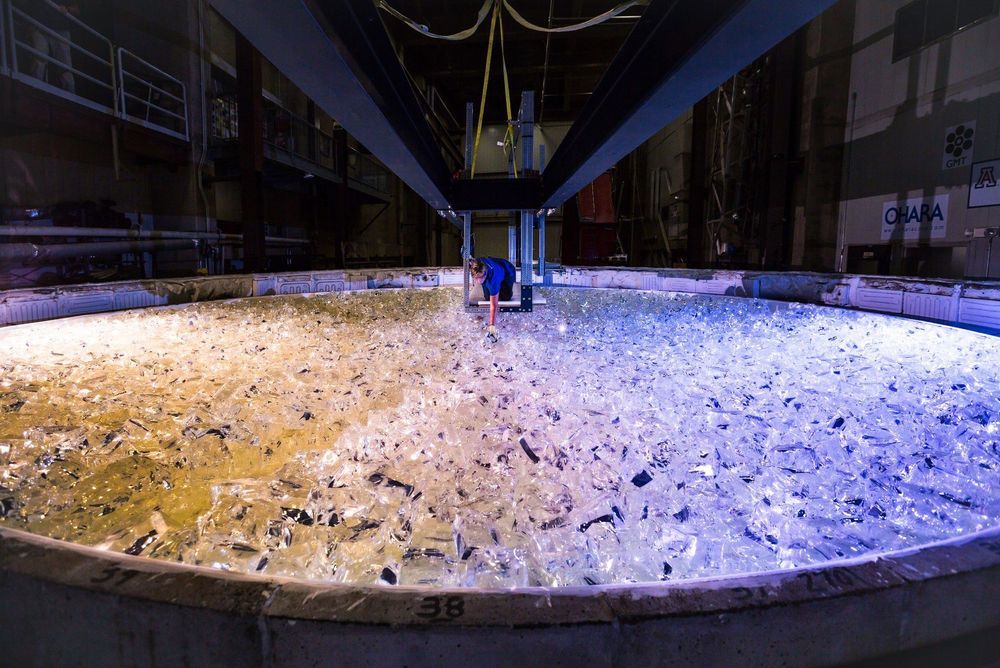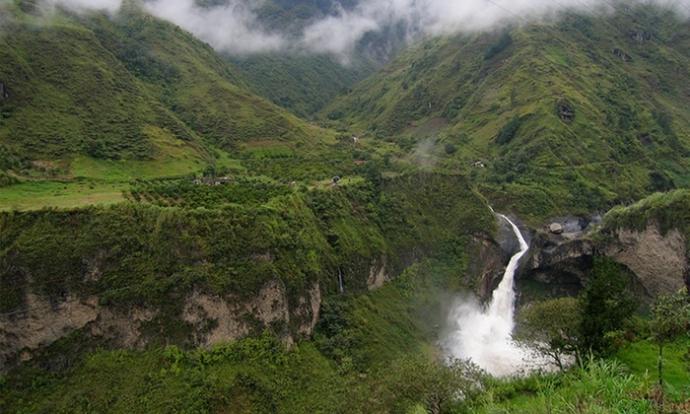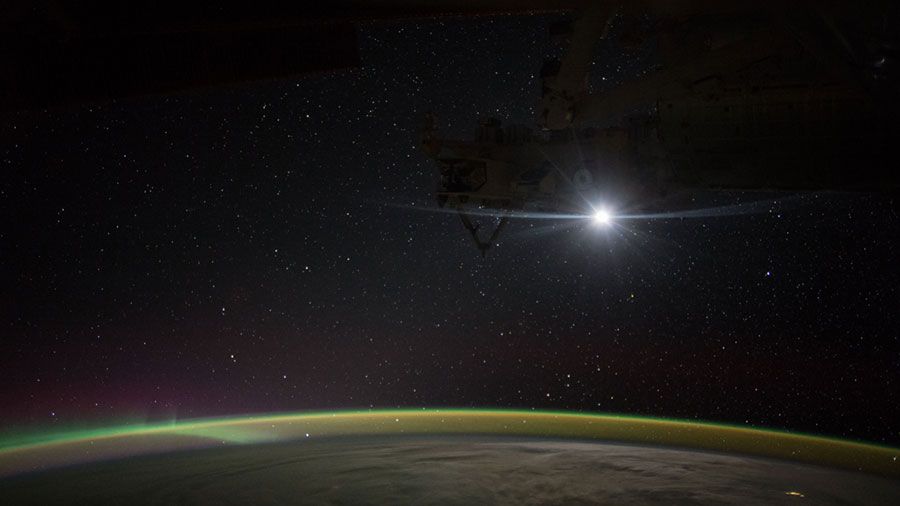May 28, 2019
Ancient fungi may have laid the groundwork for complex life
Posted by Quinn Sena in categories: biotech/medical, habitats
But previous examination of the fungal “molecular clock,” using DNA-based methods, suggested that fungi may have evolved much earlier, between 760 million and 1.06 billion years ago. Extracted from Arctic Canadian shales, the newly discovered billion-year-old fossilized fungal spores and hyphae (long thin tubes) plug the gap in the fossil record and suggest that fungi may have occupied land well before plants.
The fungal fossils were found in rocks that were probably once part a shallow-water estuary. Such environments are typically great for fungi thanks to nutrient-rich waters and the build up of washed-up organic matter to feed on. The high salinity, high mineral and low oxygen content of these ancient coastal habitats also provided great conditions to perfectly preserve the tough chitin molecules embedded within fungal cell walls that otherwise would have decomposed.
While it’s not certain whether the newly-discovered ancient fungi actually lived within the estuary or were washed into the sediments from the land, they show many of the distinctive features you’d expect in modern terrestrial fungi. The germinating spores are clearly defined, as are the branching, thread-like tubes that help fungi explore their environment, named hyphae. Even the cell walls are distinctively fungal, being made up of two clear layers. In fact, if you didn’t know they were so old, you’d be hard-pressed to distinguish them from modern fungi.
Continue reading “Ancient fungi may have laid the groundwork for complex life” »



















